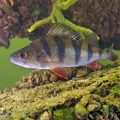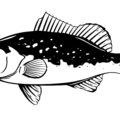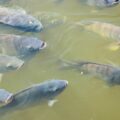One similarity between grouper and pollock is that they are both eaten by humans. Besides that, there are many differences between grouper and pollock and their uses. The main difference between grouper and pollock is in their appearance. Along with that, these two fish are very different. For starters, there are more than 100 different species of grouper but only two species of pollock.
There are many differences between the two. For starters, groupers belong to the family Serranidae and subfamily Epinephelinae. The pollock belongs to the family Gadidae, and there are two species of North Atlantic marine fish. Along with the basic differences, there are many more between them, and they are all mentioned below.
The appearance
The biggest difference that you will notice right away is their appearance. There is no way you can confuse the two fish. Grouper has a very round and robust body, while their mouths are very big, with the lower jaw protruding more than the upper jaw. The pelvic and anal fins of this fish are sharp, but their dorsal fins are soft and located at the back of the body. Color-wise, they are very dully colored in greens and browns, but of course, there are some exceptions, like the Nassau grouper.
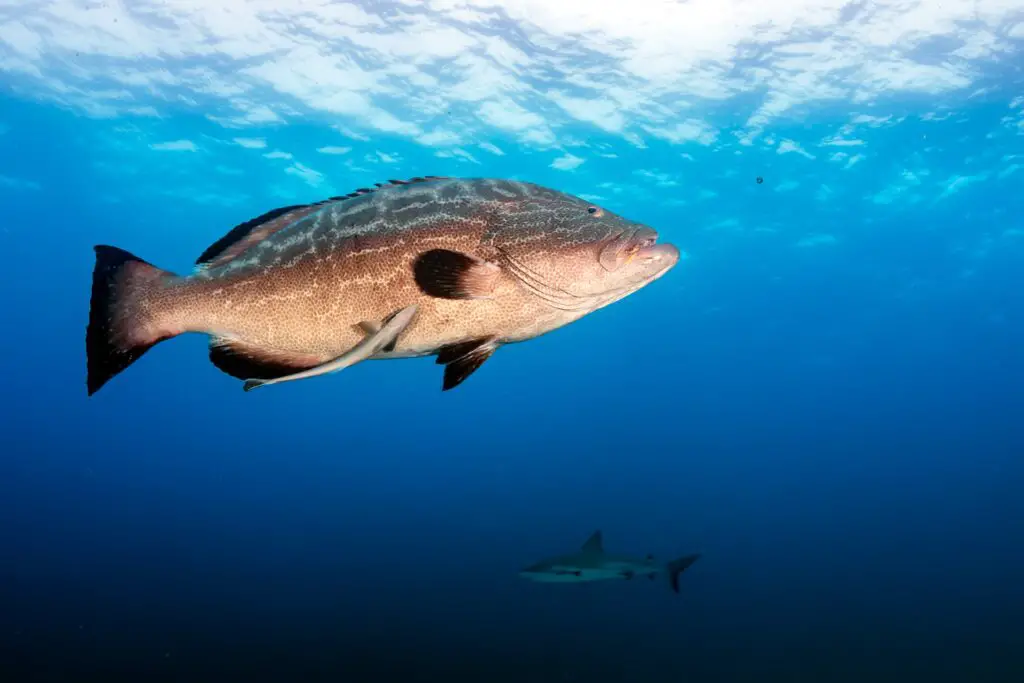
On the other hand, the two species of pollock, Pollachius virens and Pollachius pollachius vary slightly in appearance. They are both very elongated in their appearance, and P. virens is deep green in color with a white belly. The P. virens has a distinct silvery lateral line that runs down its sides. P. pollachius, on the other hand, has a distinctly crooked lateral line. It is also said that this fish species has a golden belly and a dark brown back, unlike other species.
The habitat
The grouper is found in specific places in the world, considering how many species of grouper there are. Grouper is found in saltwater where they inhibit all water levels, from the deep sea to shallow water. Therefore, there is not a single habitat where you will locate groupers, but the majority of species live in the lower areas of the water they inhabit. Although different species of grouper have different habitats, like the goliath grouper, which is found in both the Atlantic and Pacific Oceans,
The habitat of pollock is a North Atlantic fish that is found in places like North America, Ireland, and the United Kingdom, mainly in the Scotian Shelf and Georges Bank and between the Scotian Shelf and the Gulf of Maine. These fish live offshore in various substrates like sand, mud, rocks, and vegetation, and they are not picky fish.
The size
When it comes to size, both of these fish are considered to be large. On average, groupers are bigger because it has a rounded, large body that weighs more. The goliath grouper is a fish that can be over seven feet in length and weigh more than 400 pounds. Although there are some species of grouper that do not get as big as the Goliath grouper, most of them can weigh up to 30 to 50 pounds depending on the species. Groupers can usually live for a very long time, up to over fifteen years.
The pollock, on the other hand, is also a large fish. On average, it gets around 3.5 feet long and weighs 35 pounds, but the fish can weigh up to 46 pounds in the wild. The size and weight vary depending on how long the fish lives and the diet it gets. The pollock also has a very long lifespan of around 23 years, and they mature between the ages of 3 and 6 years.
The reproduction
Groupers have a very interesting way of reproducing. Most of the groupers are protogynous hermaphrodites, which means that all the fish are born female, but after reaching sexual maturity, the female fish can turn into male fish. The male fish then controls a harem of around 15 fish, and they reproduce in pairs. Depending on the species, they reproduce in various seasons.
The pollock has a pretty normal reproduction method. The female fish releases eggs on a rocky substrate, and the male pollock fertilizes the eggs. The female pollock can produce several million eggs in one batch. The size of these eggs depends on the size of the female fish.
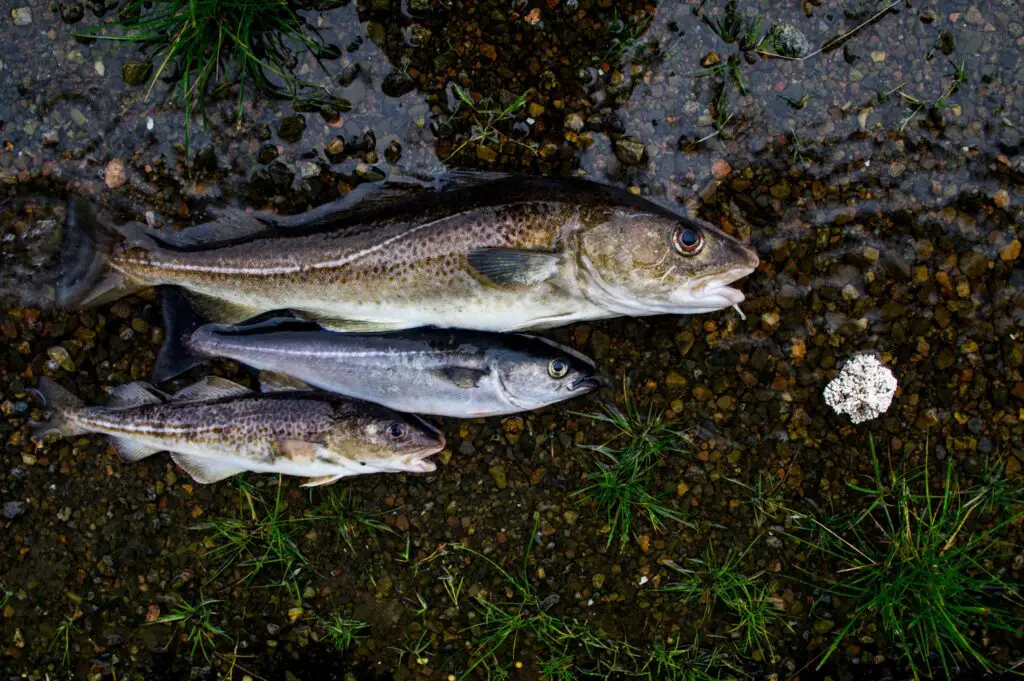
The nutritional value
Grouper and pollock are both edible fish and they have different nutritional values. Grouper is richer in vitamin B5 compared to pollock. It contains five times more vitamin B5 compared to pollock. Moreover, grouper fillet is lower in cholesterol.
The pollock is higher in vitamin B12, vitamin B3, vitamin B2, phosphorus, selenium, and magnesium. In fact, pollock has 128 times more vitamin B12 than grouper. Therefore, when it comes to minerals and vitamins, pollock wins. Due to this, pollock is more expensive than grouper.
The taste
The taste of grouper is pretty basic. This fish has a very mild taste, and the meat is flaky with huge flakes. The meat is not fishy at all, and since it has a mild taste, it can absorb the flavors of marinades very well. The skin of the fish is usually not edible.
On the other hand, pollock is known for its great taste. It is also a mild-tasting fish but with a very delicate taste and a coarse texture. It is more flavorful compared to cod and haddock, so the fish flavor is not that mild. The flake is also nice and firm once the fish is cooked.
Conclusion
Both pollock and groupers play critical roles in their habitats in terms of protecting and sustaining the ecosystem. Moreover, these fish are a great source of income wherever they are found. Of course, they differ in many other ways as well. The fish have different appearances, habitats, sizes, reproduction methods, nutritional values, and tastes.

